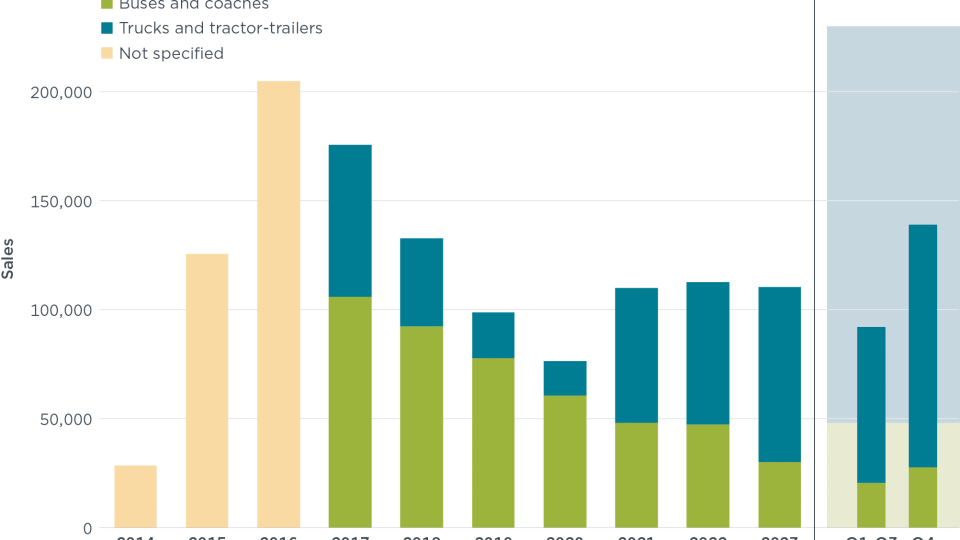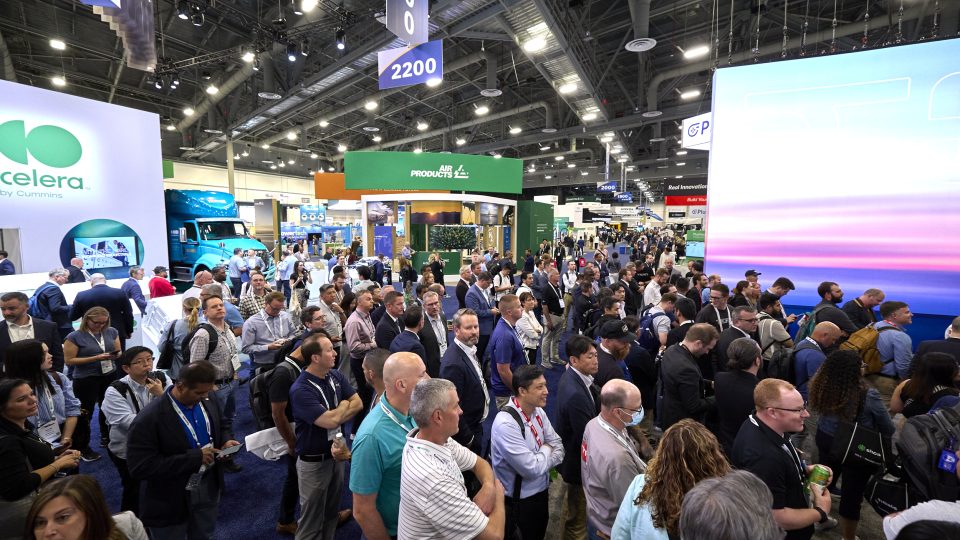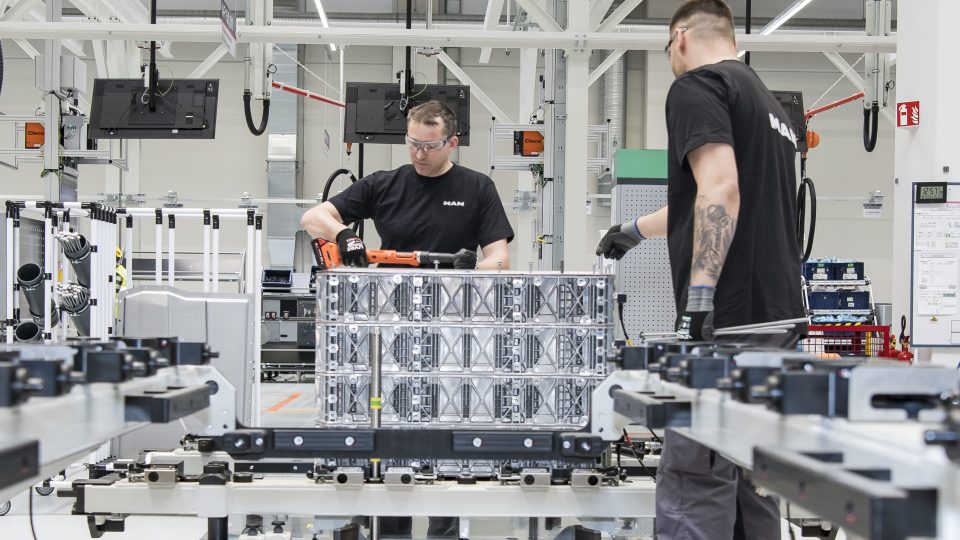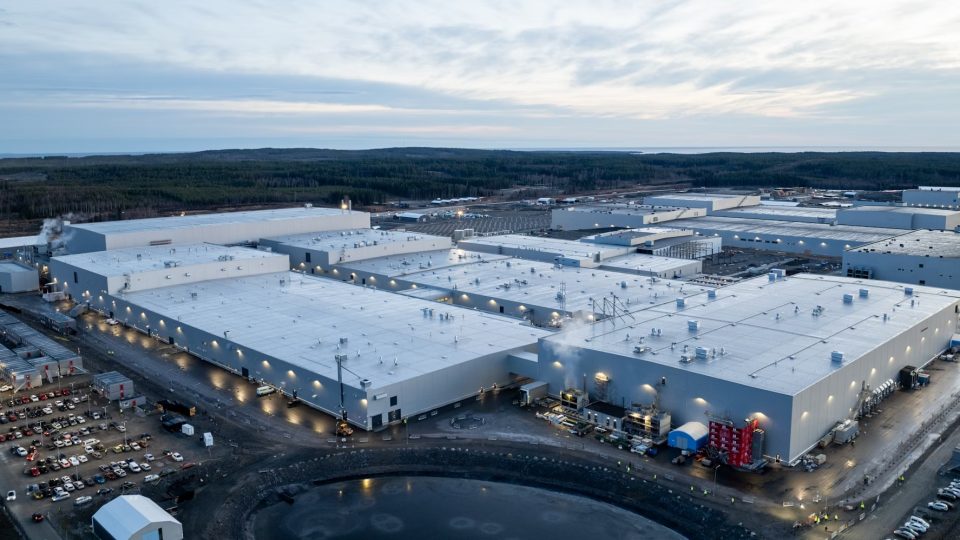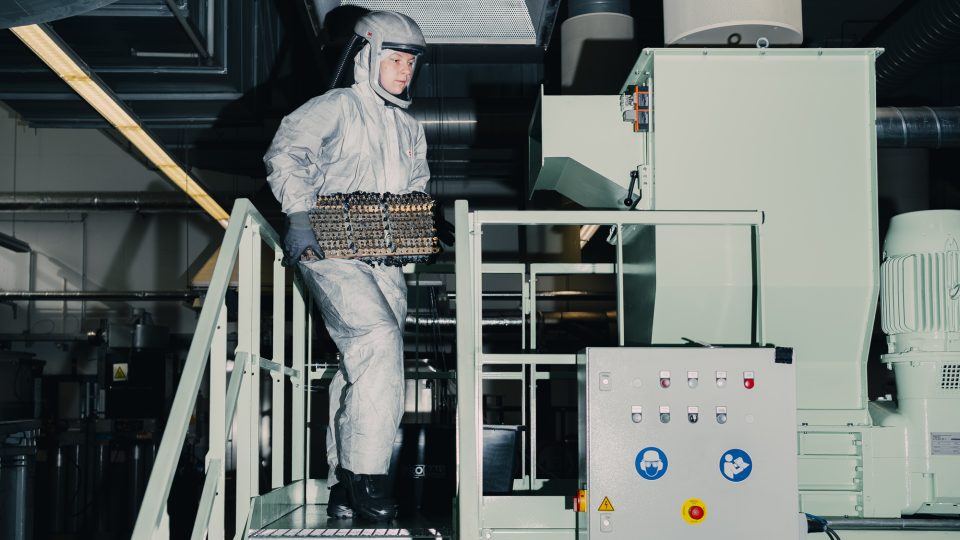Predicting battery ageing by simulation. A research conducted by Fraunhofer Institute
Battery cells age both during active use and during storage. Mechanical stress during operation can cause parts of the cell to become inactive such that they no longer contribute to charge exchange. In addition, chemical side reactions take place, which result in a loss of capacity and increased internal resistance, which impedes performance. Let's see what's happening at Fraunhofer ITWM in Germany.
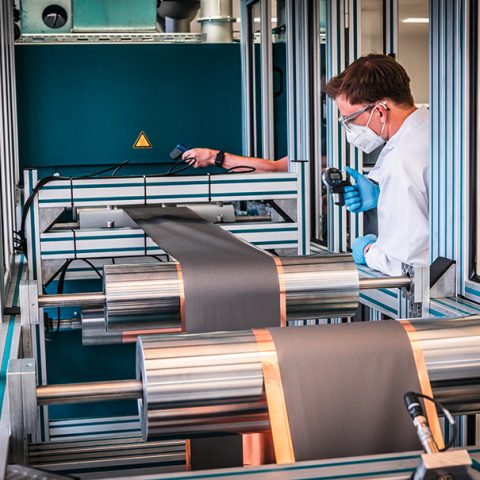
Researchers at the Fraunhofer Institute for Industrial Mathematics ITWM are using innovative technologies to focus on battery behavior during charging and discharging, the optimization of battery production and the aging of batteries. Modern simulation tools and innovative measurement techniques are paramount to achieve valuable results in this regard.
Battery cells age both during active use and during storage. Mechanical stress during operation can cause parts of the cell to become inactive such that they no longer contribute to charge exchange. In addition, chemical side reactions take place, which result in a loss of capacity and increased internal resistance, which impedes performance. “We are working on gaining a better understanding of the cells and are researching how these special ageing processes can be slowed down in order to save resources and energy in battery production in the long term”, explained Dr. Falco Schneider, expert in battery cell ageing at Fraunhofer.
Fraunhofer research on battery ageing
The researchers at Fraunhofer ITWM are also focusing on battery production. A key aspect is the simulation and optimization of the central steps in the production of batteries, such as calendering the electrodes, electrolyte wetting and battery cell formation or foam encapsulation of cells within modules for insulation.
Moreover, the Fraunhofer ITWM has also further developed its terahertz measurement technology and offers new possibilities for inspecting the electrode coating for battery cells. Inspection systems based on terahertz radiation are non-contact and non-destructive optical methods. Most importantly, they are also completely harmless to health. “»”The results of tests on terahertz measurement technology are promising and show the great potential of this technology for the production of battery cells”, added Dr. Joachim Jonuscheit, deputy Head of the Department ‘Material Characterization and Testing’ at the Fraunhofer ITWM.



